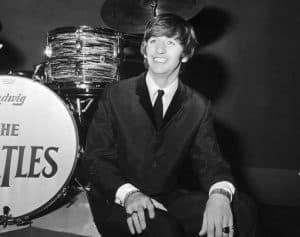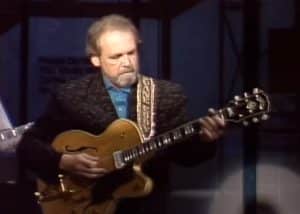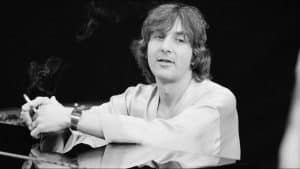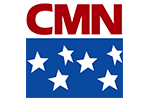11 Criminally Underrated Classic Rock Albums
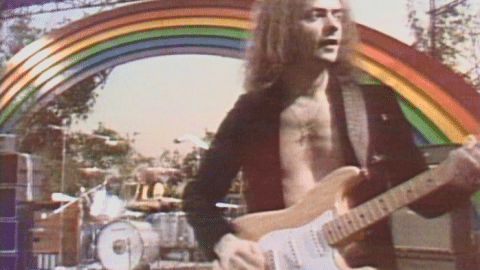
via NEA ZIXNH / YouTube
From overlooked bounce-backs and courageous flops to eccentric concept albums and electronic-metal side-trips – we introduce to you 11 undervalued classic rock albums, worthy of more than just a re-listen.
Here, we shine the spotlight on 11 unexpectedly splendid albums from rock’s most prominent figures. These are the records that have often languished in the shadows of their more commercially successful siblings. It’s time to dust off these masterpieces, listen to them anew, and finally give them the recognition they deserve – or perhaps even a fond embrace.
#1 — Pink Floyd – More (1969)
Pink Floyd’s musical score for the film, More, can be likened to a brilliant piece of art, featuring bold and contrasted tones. Highlights include the gripping complexity of The Nile Song, the delicate vibes of Crying Song, and the intense electronic tunes of Quicksilver.
From the captivating melodic atmosphere of Cirrus Minor, this album heralds the rise of guitarist David Gilmour as a lead vocalist. It also gives a sneak peek into the sound exploration which would later set Pink Floyd into stardom with Dark Side Of The Moon.
#2 — Status Quo – Dog Of Two Head (1971)
To many, Status Quo didn’t begin to truly shine until they embraced a rustic look and unleashed Piledriver in 1973. However, its precursor, Dog Of Two Head, holds a special charm. It is filled with songs that would go on to become concert staples for Status Quo.
Among the notable tracks is Mean Girl, which has since come to define the band’s signature style. Dog Of Two Head was the opening chapter in Quo’s classic era and it still impresses to this day.
#3 — Deep Purple – Burn (1974)
Traditionally, when fans want their fix of classic Deep Purple, they gravitate towards the standard classics such as In Rock or Machine Head. Burn, despite its blend of rock, blues, soul, and funk, initially struck an odd note as it stepped away from the band’s baseline simplicity.
However, Burn marks a significant moment in Deep Purple’s legacy. The energy and enthusiasm of new members David Coverdale and Glenn Hughes, coupled with the excellent performance of Ritchie Blackmore, command attention.
#4 — Led Zeppelin – In Through The Out Door (1979)
For a band thought to be in disarray, Led Zeppelin’s In Through The Out Door initially left critics questioning its relevance. However, given time, this album has proved its worth.
Tracks such as the Latin-influenced Fool In The Rain and the rhythm-driven South Bound Suarez attest to Led Zeppelin’s willingness to push the envelope. Although it served as the band’s farewell, the album is much more than its initial public opinion in 1979 suggested.
#5 — Genesis – Duke (1980)
Genesis’s second album as a threesome, Duke, often faces scrutiny for being the start of the band’s mainstream, hit-chasing phase. However, beneath the surface-level pop and Phil Collins’ sometimes overbearing lyrics, the album overflows with beautiful melodies and extraordinary chordal structures. These elements align seamlessly with the timeless qualities of early Genesis.
#6 — AC/DC – Flick Of The Switch (1983)
Flick Of The Switch was the first AC/DC album to face harsh criticism. Fans felt it was redundant and pointed towards a downward trend in the band’s creativity. However, a closer listen to the album reveals AC/DC attempting to return to their core sound.
Far from being their worst, Flick Of The Switch showcases a grungy, bare-bones take on the band, and stands as one of their most honest and authentic installations.
#7 — Yes – 90125 (1983)
Veering away from traditional long prog-rock compositions and fantastical cover art, 90125 presents a refreshing pop-rock turn. With the contribution of guitarist Trevor Rabin, Yes changed their direction, producing an album that was both contemporary and memorable.
Their exceptional single, Owner Of A Lonely Heart, even topped the U.S. charts. This shift in sound was different, no doubt, but none less captivating.
#8 — Black Sabbath – The Headless Cross (1989)
With “The Headless Cross,” Black Sabbath dove into what could be considered one of their most underrated eras. Despite the revolving door of vocalists, Tony Iommi’s unwavering presence and genius kept the band’s essence intact. This album, in particular, emerges as a dark horse in their discography, weaving a tapestry of gothic themes and powerhouse riffs. It exemplifies how Black Sabbath continued to be a significant force in heavy metal, far beyond their Ozzy Osbourne-fronted hits.
Tracks like “When Death Calls” feature a guest solo from Queen’s Brian May, adding a unique texture to the band’s heavy sound. The title track, “The Headless Cross,” is a masterclass in creating atmosphere, with its eerie intro leading into a robust and compelling riff.
#9 — Dire Straits — Communiqué (1979)
Released just a year after their breakout album, “Communiqué” often unfairly stands in its predecessor’s shadow. Critics argued it lacked innovation, but a deeper listen reveals a richly textured album that delves deeper into Mark Knopfler’s storytelling prowess and unmistakable guitar work. Notably, tracks like “News” and “Where Do You Think You’re Going?” exhibit a melancholic introspection, with Knopfler’s signature guitar tones weaving through the narrative.
The production quality of “Communiqué,” overseen by Jerry Wexler and Barry Beckett, is both crisp and warm, allowing the Dire Straits’ laid-back style to shimmer. This album epitomizes the band’s ability to create evocative landscapes through their music, making it a standout for those willing to look past its initial reception.
#10 — Def Leppard – Slang (1996)
In the midst of the grunge and alternative rock explosion of the ’90s, Def Leppard’s “Slang” presented an audacious pivot from their renowned glam metal style. This album reflects a band in transition, exploring new sounds and themes that previously lay at the periphery of their music. The title track “Slang,” along with songs like “Work It Out,” showcase a rawer, more stripped-back approach, diverging from their anthemic hits of the 80s.
“Slang” harbors a maturity and introspection, likely spurred by the band’s internal and external challenges, including the changing musical landscape. Eastern-inspired melodies and rhythms pepper the album, offering a fresh take that, while not commercially triumphant, enriches the band’s discography with its diversity and willingness to experiment.
#11 — Jimi Hendrix – Rainbow Bridge (1971)
Accompanying a film of the same name, “Rainbow Bridge” could easily have been overshadowed by its cinematic counterpart’s failure. Instead, it stands as a beacon of Jimi Hendrix’s brilliance. This posthumous release captures Hendrix’s experimental phase, blending rock, jazz, and soul into an ethereal mix that few could emulate.
Songs like “Pali Gap” and a live version of “The Star-Spangled Banner” from the Maui performance highlight Hendrix’s unparalleled guitar virtuosity and innovative sound. “Rainbow Bridge” serves not only as a showcase for Hendrix’s mastery of his instrument but also as a window into his soulful and explorative musical spirit, making it a crucial piece for fans and newcomers alike.







